Contents
- 1 Basmati Rice: The Endurance Athlete’s Carb Powerhouse — calories burned swimming
- 1.1 Why Basmati Rice Is Your Secret Endurance Fuel
- 1.2 Basmati Rice Nutrition: Decoding What Works for Athletes
- 1.3 How to Use Basmati Rice in Your Fuelling Plan
- 1.4 Building the Perfect Athlete Meal with Basmati Rice
- 1.5 Common Rice Myths and Fuelling Mistakes to Avoid
- 1.6 Your Game Plan for Basmati Rice Fuelling
- 1.7 Your Top Basmati Rice Questions, Answered
- 1.8 References
Basmati Rice: The Endurance Athlete’s Carb Powerhouse — calories burned swimming
Author: Generation Ucan — Last updated: October 6, 2025
When you’re pushing your body for hours — whether it’s a long run along Melbourne’s Yarra River, a tempo set at MSAC, or a punishing bike session in that brutal Brisbane humidity — your fuel is everything. Basmati rice is a nutritional powerhouse perfectly suited for endurance athletes, delivering a steady, reliable release of energy without the sugar crash you get from simpler carbs. This piece explains not just the numbers but the how: timing, portioning and pairing so your body uses basmati rice to top up glycogen before a race, recover faster afterwards, and even support sessions where you’re tracking calories burned swimming or running in your training log.
Why Basmati Rice Is Your Secret Endurance Fuel
Let’s cut straight to it. Most athletes treat rice like filler. That’s a missed opportunity. When you look at the basmati rice nutrition profile and the practical ways to use it, this grain becomes a true foundation food for endurance programs — particularly in the 48–72 hours leading into a marathon, half, or long-distance triathlon.
Forget dismissing it; it’s time to understand it and use it like a coach. Below you’ll get clear, session-ready guidance: what to do, why it works (physiology), and how to apply it in the Australian race calendar (Sydney, Melbourne, Gold Coast Marathon, Ironman Cairns).
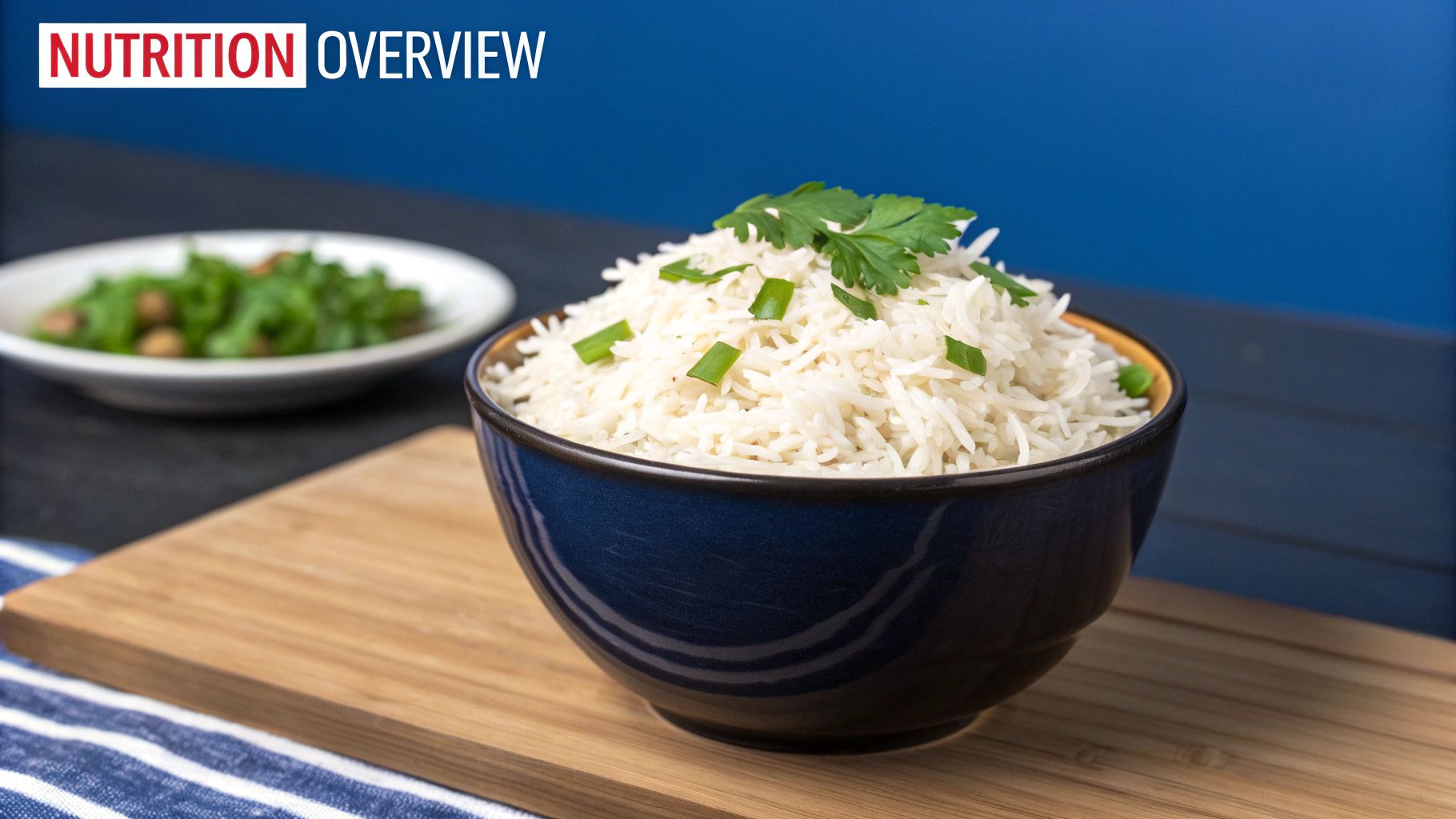
This is the kind of fuel that gets you through the final kilometres of the Gold Coast Marathon or powers the back half of the bike leg at Ironman Cairns. Properly used, basmati rice builds accessible glycogen stores that your muscles can draw on when the going gets tough.
The Numbers That Actually Matter
Let’s get into the raw data you actually use. Below is a practical, accurate snapshot to guide portioning and meal planning.
Basmati Rice Nutrition At a Glance Per 100g Cooked
| Nutrient | White Basmati | Brown Basmati |
|---|---|---|
| Calories | ~130 kcal | ~123 kcal |
| Carbohydrates | ~28 g | ~25 g |
| Protein | ~2.7 g | ~2.6 g |
| Fat | ~0.3 g | ~0.9 g |
| Fibre | ~0.4 g | ~1.8 g |
A 100 g serving of cooked white basmati provides approximately 130 calories and 28 g carbohydrates. That carbohydrate density is what makes basmati so useful for topping up glycogen without loading your stomach with fat or heavy fibre that slows digestion.
Here’s the key takeaway: basmati rice is a carbohydrate-dense, low-fat fuel. This is exactly what endurance athletes need to stock glycogen stores — your primary energy tank — without the digestive trade-offs that come with high-fat or high-fibre meals.
Setting the Stage for Peak Performance
Understanding the blueprint is one thing — applying it is another. Over the rest of this guide you’ll get: clear timing windows, real portion targets (with examples for 60–80 kg athletes), and the practical pairings that keep digestion easy while maximising energy availability.
- When to eat it: Nailing your timing before tempo sessions and races.
- How much to eat: Practical portioning for carb-loading and recovery, with examples per bodyweight.
- How to pair it: Building complete meals that support VO₂ max sessions and long rides.
Think of basmati rice as the reliable base of your nutrition pyramid — steady and dependable. It supports more specialised fuels during exercise (for example, UCAN Energy Gel for on-the-move needs) and forms the backbone of your pre-race glycogen strategy.
Basmati Rice Nutrition: Decoding What Works for Athletes
Alright — now the technical-but-useful stuff. We break basmati down into three performance-relevant buckets: macronutrients (what to dose), micronutrients (what helps the engine), and glycaemic behaviour (how the carbs release).
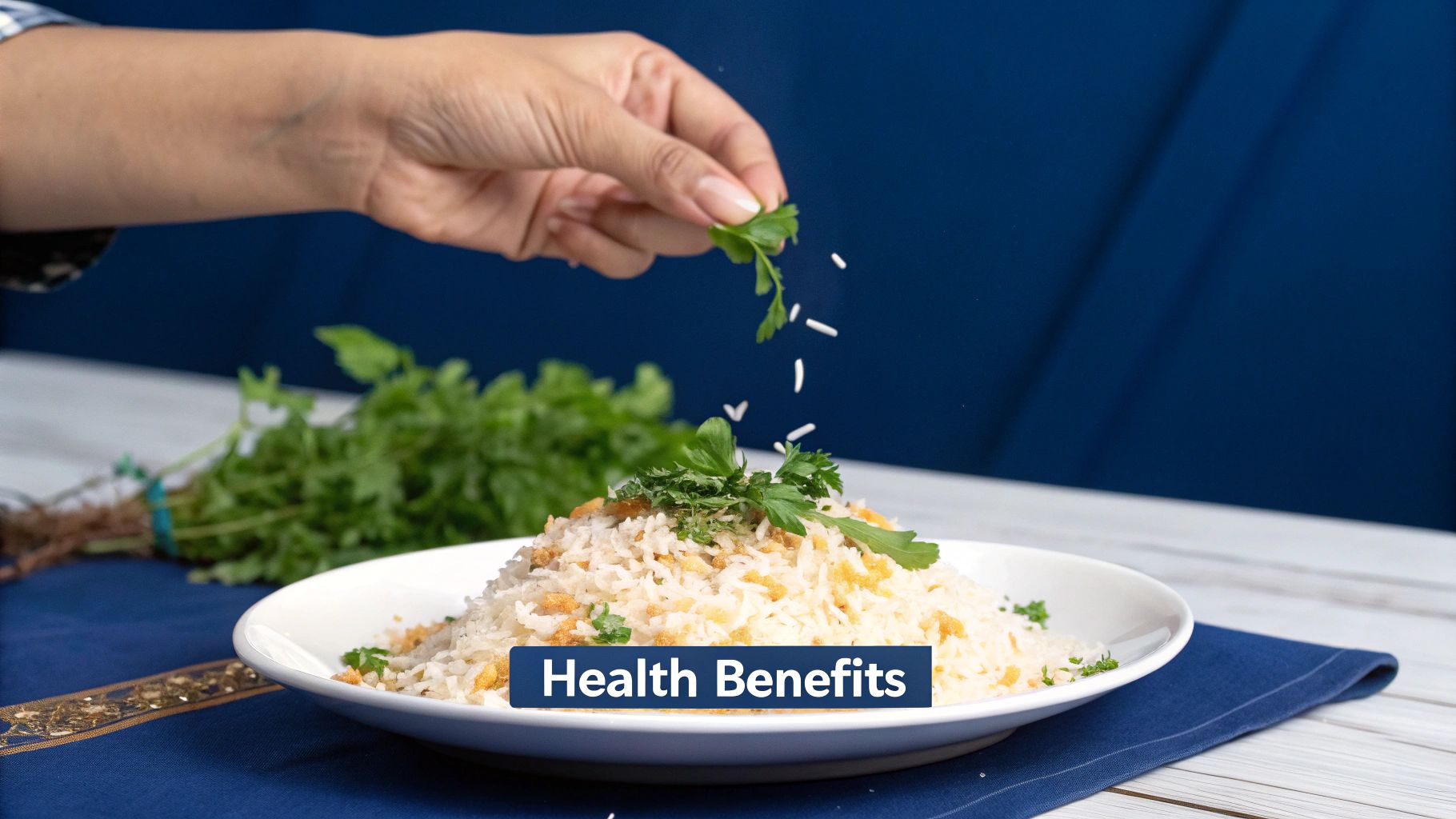
The Macro Story: Why Carbs Are King
What to do: Make carbohydrates the priority for long efforts and key sessions. A practical session example: the day before a long run (90–120 min), plan for 3–4 cups cooked basmati across meals to reach your carb target.
Why it works: Carbohydrates are converted to glycogen in muscle and liver — the immediate fuel for high-intensity and sustained endurance output. Glycogen depletion correlates closely with fatigue and performance drop-off in marathon and triathlon events. Storing plenty of glycogen delays that fatigue threshold and preserves your pace into later kilometres. [1]
How to apply (Aussie context): For a runner targeting 3:00–3:15 at the Gold Coast Marathon, use basmati-centered dinners for the 48–72-hour taper. For triathletes heading to Ironman Cairns, distribute basmati across evening meals and lunch, prioritising white basmati 24–48 hours pre-race to reduce gut transit time.
The Micro Details: Supporting Your Engine
What to do: Use basmati as a baseline carb source and pair with foods that supply B vitamins, potassium, and magnesium — either via whole food (banana, spinach, fish) or your usual supplements.
Why it works: B vitamins (thiamine, niacin) support carbohydrate oxidation, while potassium and magnesium are involved in neuromuscular signalling and contraction — essential when you’re pushing repeated efforts or riding/ running in heat. Low electrolyte levels are a common contributor to cramps and reduced muscle performance in Aussie conditions. [2]
How to apply: Add a banana and a small serve of steamed spinach to your post-session basmati plate, or pair with a salmon fillet which brings omega-3s and extra magnesium. During multi-day stage races or training camps, consider UCAN electrolytes around long sessions to protect balance without blunting the carb load. (Internal product link: UCAN Electrolytes.)
Why Its Glycemic Index Is the Secret Weapon
What to do: Use white basmati in the 24–48-hour window before key races or sessions when you need quick but steady glycogen availability; use brown basmati in normal training where gut training and fibre are beneficial.
Why it works: Basmati tends to have a moderate Glycemic Index (GI ~50–58), which means it raises blood glucose at a moderate, sustained rate rather than causing a spike-and-crash seen with high-GI foods. This steadier release supports energy availability across sustained efforts and lowers the risk of mid-session bonking. [3]
How to apply: For a 3 PM long run, eat a basmati-centred lunch at ~12:00 (2–3 hours before). For early-morning sessions, the night-before basmati dinner is your primary carb supply — then a light UCAN Energy powder shake on race morning for quick absorption.
How to Use Basmati Rice in Your Fuelling Plan
Here’s where it gets practical. The following sections break timing, carb-loading, and recovery into coach-friendly, session-ready guidance. Each item passes the three-layer test: what to do, why it works, and how to apply in next week’s training or race prep.
Nailing Your Timing Before a Race or Big Session
What to do: Aim for a basmati-based meal 2–4 hours before a hard session or race if it’s your main pre-session meal. For early-morning workouts, make the basmati the focus of your evening meal the night before, then keep breakfast minimal and low-fibre (e.g., UCAN Energy powder shake).
Why it works: Giving 2–4 hours allows digestion and absorption, pushing carbohydrate-derived glucose into muscle glycogen and circulating blood glucose without a heavy gut load during exercise — preserving comfort and power output. Fast transit and lower fat content reduce gastric distress which is often the limiting factor in race pacing. [4]
How to apply (session examples):
- Early morning interval session (e.g., 6×1 km @ 10K pace): Night-before basmati dinner (2–3 cups cooked), breakfast small (banana + UCAN Energy powder) 90 min before warm-up.
- Midday long run (3–4 hours): Basmati lunch at 12:00 for 15:00 start — portion ~2 cups cooked + lean protein, low fibre veg.
- Race morning (marathon): Pre-race main = night-before carb load; race-morning breakfast = light UCAN shake + toast or small rice porridge 2 hrs before gun.
Simple Carb-Loading with Basmati Rice
What to do: For the 48–72 hours pre-race, increase carbohydrate proportion to ~70–80% of daily calories and make basmati the staple at main meals. Prioritise white basmati in the final 24–48 hours to reduce fibre.
Why it works: Supercompensation of glycogen occurs when high-carbohydrate intake coincides with reduced training load. This elevates muscle and liver glycogen stores and delays the point at which you need to rely more on slower fat oxidation — useful in marathon and Ironman distances. [5]
How to apply (practical plan):
- 72–48 hours before: Normal training taper; basmati at each dinner and as part of lunch. Example day for a 70 kg athlete aiming for 7–10 g/kg carbs: breakfast porridge + fruit, lunch big basmati bowl (~2 cups), dinner large basmati + lean protein (~2–3 cups).
- 48–24 hours before: Reduce fibre—use white basmati. Keep protein moderate, fats low-to-moderate. Avoid new spices/foods that could irritate the gut.
- Race eve: Big basmati dinner (2–3 cups cooked), familiar protein (barramundi/chicken), and simple veg (steamed zucchini/green beans). Aim to finish eating ~3–4 hours before bedtime if racing early.
Coach’s Tip: Cook a big batch of basmati on Sunday and portion it into containers. For peak consistency, use the same rice:water ratio each time and label containers with weight so you know exact carbs per serving.
(Practical recipe note: for consistent texture and GI behaviour, use a 1:1.5 rice to water ratio for stovetop/absorption method; cool and reheat where necessary — reheating does not significantly alter the usable carb for athletes.)
Post-Workout Recovery Fuel
What to do: In the first 30–60 minutes post-exercise, prioritise a 3:1 to 4:1 carbohydrate:protein ratio depending on activity length. Use basmati as the carbohydrate source (125–250 g cooked depending on session intensity) with ~20–30 g high-quality protein.
Why it works: Muscles are primed for glycogen resynthesis post-exercise — the “golden window.” Providing fast-absorbing carbs with protein accelerates glycogen restoration and initiates muscle repair, reducing soreness and shortening the recovery timeline. [6]
How to apply (session examples):
- Short hard session (intervals 60–90 min): 125 g cooked basmati + 20 g lean protein (chicken) or UCAN Energy + Protein shake immediately after.
- Long ride/run (3+ hours): 200–300 g cooked basmati within 60 minutes + 30 g protein; follow with a protein-rich dinner 2–3 hours later.
Note: UCAN Energy + Protein is a convenient bridge to a full meal if you’re still travelling home after a session — consider one as a rapid first-step recovery option before a basmati meal.
Building the Perfect Athlete Meal with Basmati Rice
Knowledge without structure is noise. Below you’ll find a repeatable blueprint for pre-race, training-day, and post-session plates that coaches hand to athletes during taper week.
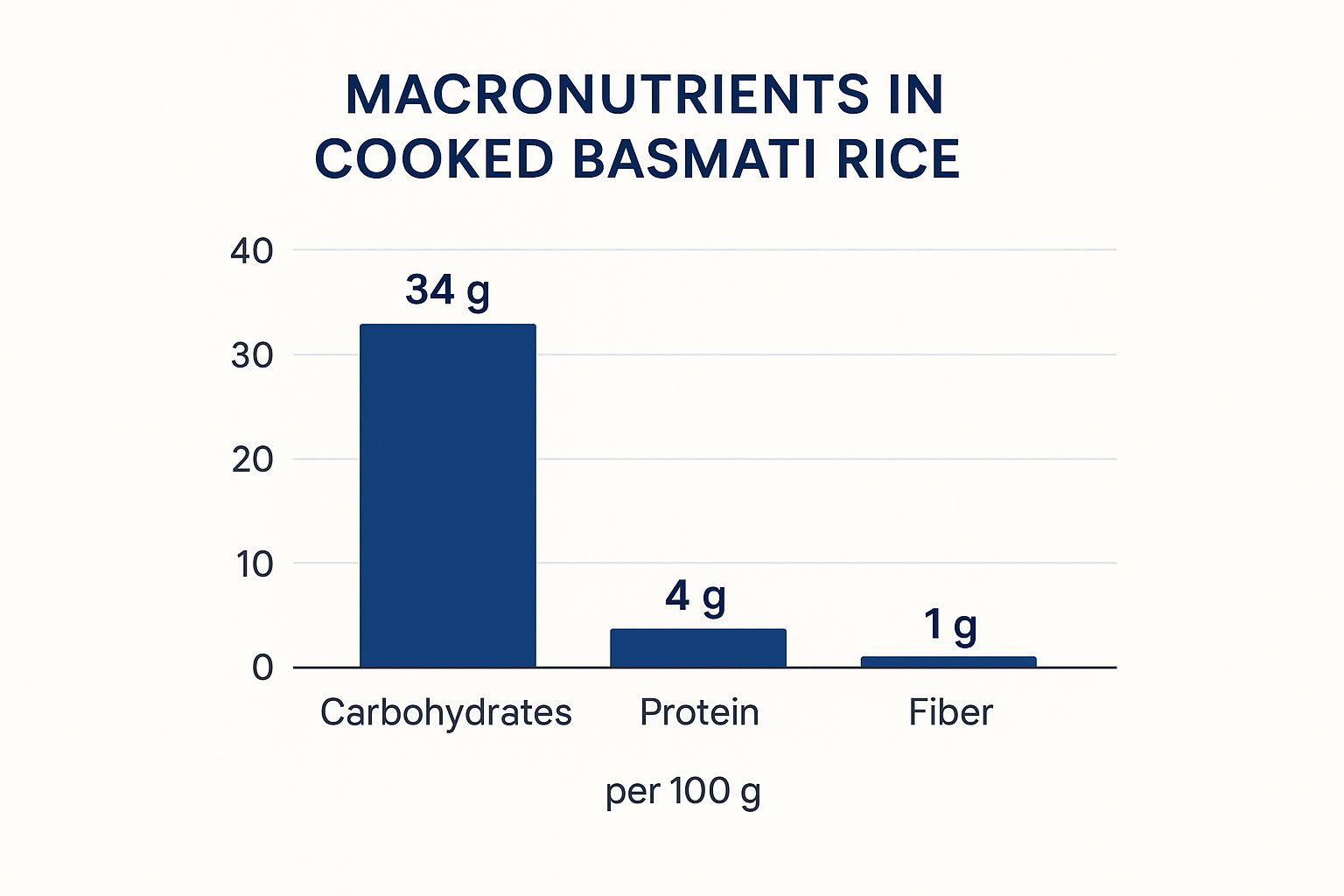
The carbohydrate content dwarfs everything else — which is the point. A well-constructed plate should make basmati the carbohydrate base and then layer protein and low-to-moderate fats to support recovery and anti-inflammatory needs.
Your Athlete Meal Blueprint
Below are coach-ready pairings and the reasoning behind them. Each pairing is short, specific and has an application.
| Training Goal | Protein Pairing | Veggie & Fat Pairing | Why It Works for Athletes |
|---|---|---|---|
| Pre-Race Fuel-Up | Lean choices: Grilled barramundi or skinless chicken breast. | Simple & low-fibre: Steamed green beans or zucchini + small olive oil drizzle. | Maximises glycogen with easy digestion. Low-fibre and low-fat reduces GI risk on race day so you hit km 30 with fuel in the tank. |
| Post-Workout Recovery | Nutrient-dense: Grilled salmon or lean steak. | Colourful & robust: Roasted capsicum, sweet potato, broccoli + avocado or walnuts. | Rapid glycogen restoration + high-quality protein for muscle repair. Antioxidant and omega-3 support for inflammation control. |
These are templates, not rules. Substitute similar macronutrient profiles if local supply differs (e.g., trout when barramundi is out of season).
Pre-Race Dinner The Night Before
What to do: White basmati the night before — 2–3 cups cooked for most athletes — with a moderate portion of lean protein and steamed, low-fibre veg. Finish eating 3–4 hours before bed if racing early the next morning.
Why it works: This tops off muscle glycogen while keeping gut transit quick overnight. High fibre or heavy fats can cause unpredictable gastric distress and should be avoided pre-race.
How to apply: At the Sydney Marathon, for instance, aim to have your basmati dinner by 6–7 pm if your race starts at 7 am. Make the plate predictable: 2–3 cups basmati, 150–200 g lean protein, and a cup of steamed zucchini or green beans.
Powerful Post-Workout Recovery Meal
What to do: Within the first hour post-session, take in 0.8–1.2 g/kg/hour of carbohydrate (via basmati or a combination of basmati + UCAN shake) and 20–30 g protein.
Why it works: Early carbohydrate increases glycogen resynthesis rates, and protein starts repair. This combination reduces DOMS and shortens time to next high-quality session.
How to apply: Example: after a 3-hour ride on a hot Canberra morning, eat 200–300 g cooked basmati with grilled salmon and roasted capsicum. If you can’t access a meal immediately, take a UCAN Energy + Protein shake straight after finishing and follow up with a basmati meal within 60–90 minutes.
Common Rice Myths and Fuelling Mistakes to Avoid
Let’s cut the nonsense. These are the recurring errors that sabotage race-day performance.
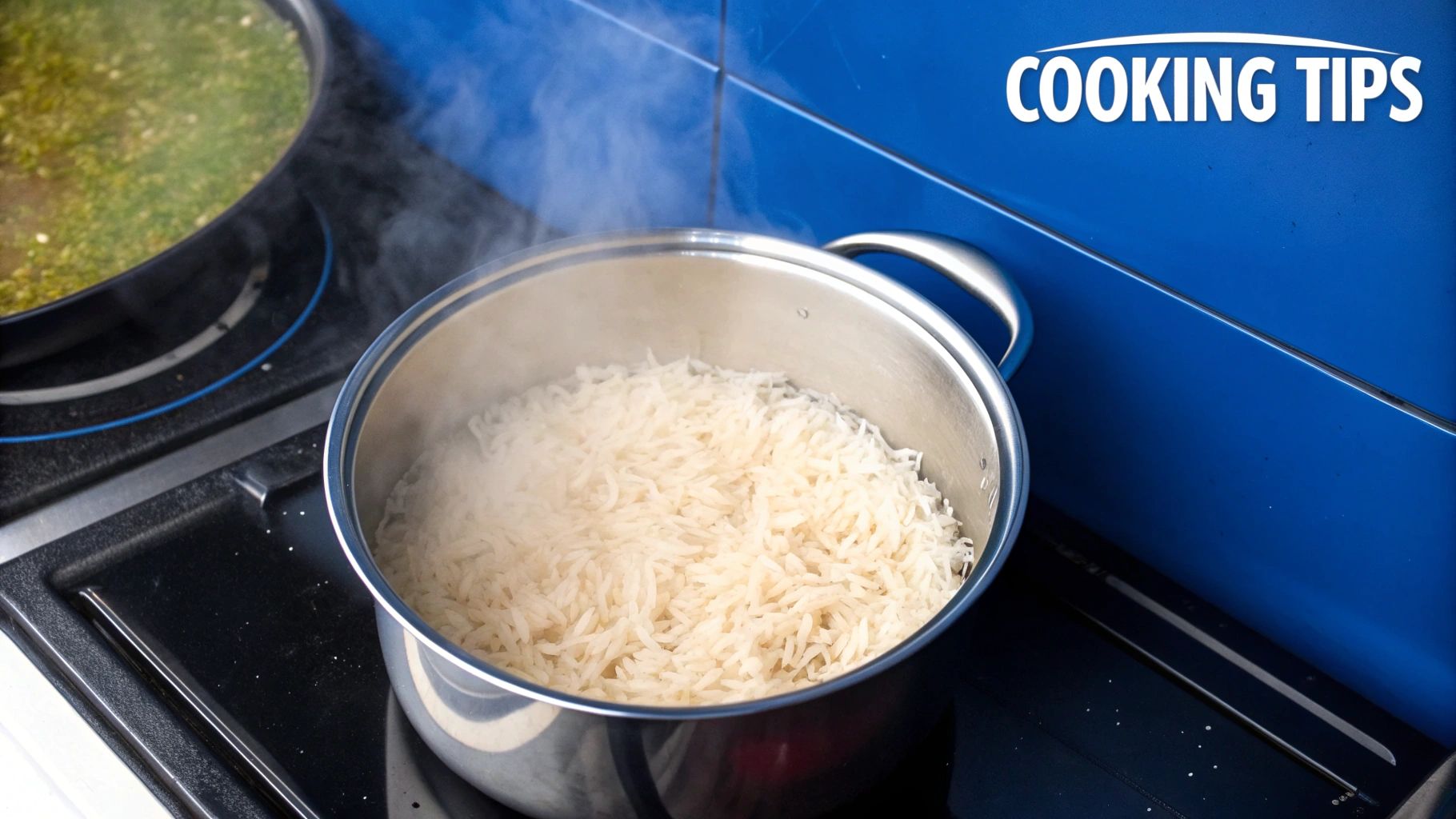
Busting the Big Rice Myths
Myth 1 — “All white rice is bad”: Not true. Brown rice has more fibre and micronutrients — great for everyday training — but it isn’t ideal right before a race. White basmati gives you accessible glycogen with minimal gut risk.
Myth 2 — “Carbs make you fat”: For endurance athletes, carbs are primary fuel. Fat gain occurs from chronic calorie surplus, not from a targeted carb load before key sessions. Use training periodisation to match intake with output.
Common Fuelling Mistakes to Avoid
- Eating too close to go-time: Large basmati meals < 2 hours before hard sessions often cause bloating. Give 2–4 hours when possible.
- Choosing brown rice pre-race: High fibre can cause GI upset during high intensity. Swap to white basmati 24–48 hours out.
- Not increasing portion sizes enough: Carb-loading requires genuine increase — not just a slightly bigger side of rice.
Here’s the bottom line: basmati rice nutrition only pays off if you apply it correctly. Use timing, portioning and pairing like a coach and you’ll get the performance gains without the gut drama.
Your Game Plan for Basmati Rice Fuelling
This is your checklist. No fluff — just the actionable rules you use on race week and the week before.
The Three Golden Rules
- Respect the moderate GI: Basmati’s GI keeps energy steady — use it to avoid the sugar rollercoaster during long efforts.
- Portion for your purpose: Dose carbs to match session intensity and duration — bigger bowl for big days, small scoop for active recovery.
- Pair with protein: Always combine fast carbs with lean protein after tough sessions to accelerate recovery and sustain training quality.
Bringing It All Together
At the end of the day, basmati rice is affordable, versatile and effective — when used correctly. If you want absolute numbers for your brand of rice, check Calorie King for specifics (example: a 250 g serving of Riviana basmati ≈271 calories and 57.8 g carbs). But don’t get lost in brand minutiae — focus on timing, portioning, and pairing.
I can’t stress this enough: solid food like basmati rice is for building your base energy stores hours before you train. For on-the-go energy during a long ride or run when your gut is under stress, use specialised fuels like UCAN Energy Gels for convenient, stomach-friendly carbs.
Use basmati rice to build the foundation and UCAN products for the on-the-move finishing system — that’s how you manage energy from start line to finish line.
👉 Shop UCAN Energy Gels for On-the-Go Fuel
Your Top Basmati Rice Questions, Answered
Athletes ask the same practical questions. Below are short, coach-style answers.
Is Brown Basmati Rice Always Better Than White for Athletes?
It depends. Brown is better for day-to-day training due to fibre and nutrients. White basmati is the smarter pre-race choice in the 24–48 hour window to minimise gut transit time and reduce the risk of mid-race toilet stops.
For pre-race fuelling, white basmati rice is the smarter choice — faster to digest and less likely to cause GI issues on race day.
How Much Basmati Rice Should I Eat Before a Marathon?
Use the 7–10 g carbohydrate/kg/day rule for main carb-loading days.[2] For a 70 kg athlete, that’s ~490–700 g carbs across the day. Two to three cups (cooked) of basmati at the main dinner is a practical starting point for most athletes; adjust by body mass and appetite.
Can I Eat Basmati Rice During a Race?
In a word: no. Solid rice is impractical mid-race — digestion is compromised when blood is shunted to working muscles. Use UCAN Energy Gel or similar race-specific fuels for on-course energy that absorbs quickly and keeps you moving without causing nausea.
References
[1] Burke, L. M., Hawley, J. A., Wong, S. H., & Jeukendrup, A. E. (2011). Carbohydrates for training and competition. Journal of Sports Sciences.
[2] Kerksick, C. M., Arent, S., Schoenfeld, B. J., et al. (2017). International Society of Sports Nutrition position stand: nutrient timing. Journal of the International Society of Sports Nutrition, 14, 33.
[3] Foster-Powell, K., Holt, S. H., & Brand-Miller, J. C. (2002). International table of glycemic index and glycemic load values: 2002. The American Journal of Clinical Nutrition.
[4] Jeukendrup, A. (2017). Periodized nutrition for athletes. Sports Medicine, 47(1), 51–63.
[5] Cermak, N. M., van Loon, L. J. (2013). The use of carbohydrates during exercise as an ergogenic aid. Sports Medicine, 43, 1139–1155.
[6] Ivy, J. L. (2004). Regulation of muscle glycogen repletion, muscle protein synthesis and repair following exercise. The Journal of Sports Medicine and Physical Fitness.
[7] American College of Sports Medicine (ACSM) and Academy of Nutrition and Dietetics. (2016). Nutrition and Athletic Performance.
At UCAN, we’re about the right fuel at the right time — whole-food basmati rice for your base, UCAN gels for race-day mobility, and UCAN Energy + Protein for fast recovery.

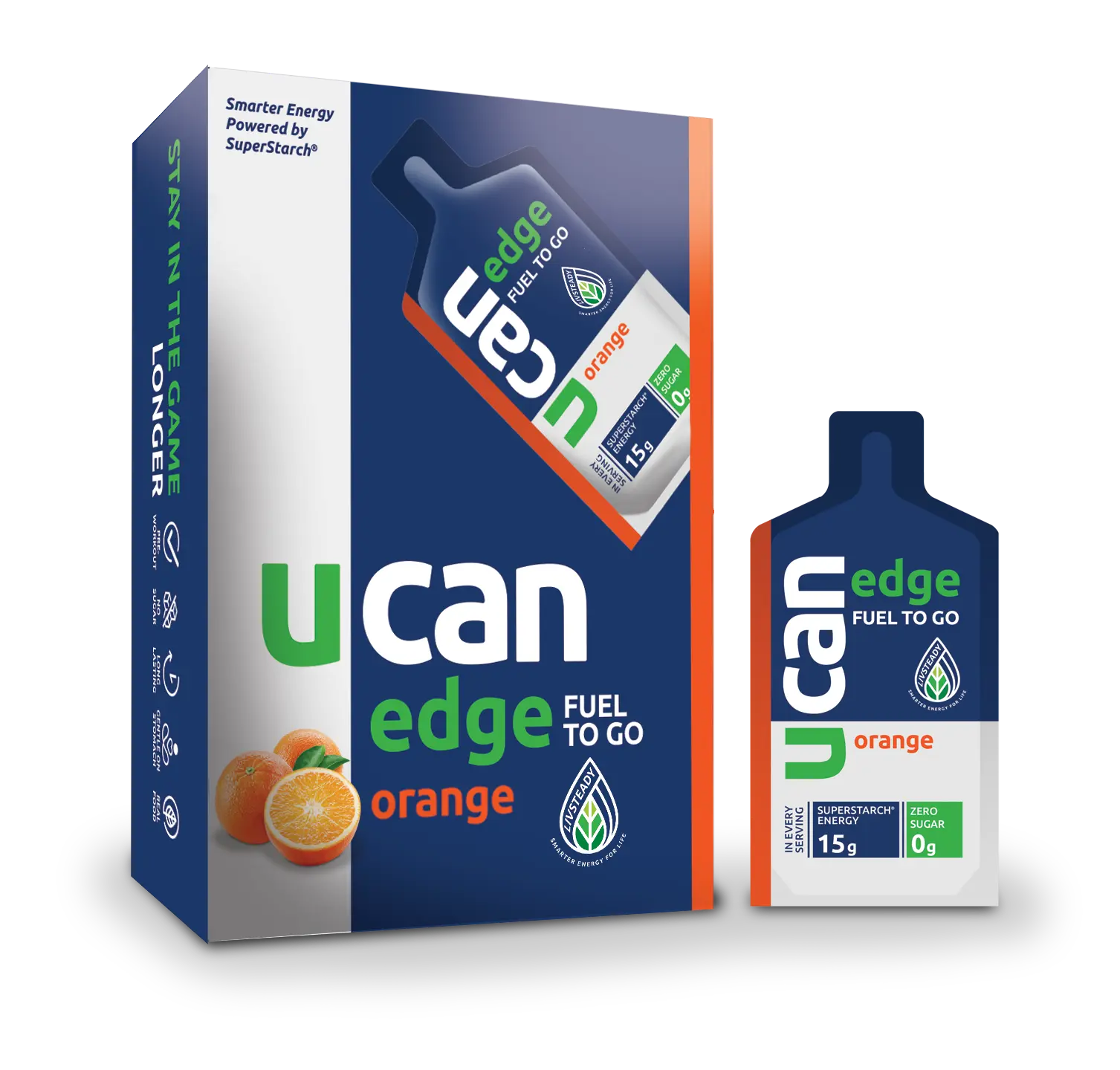
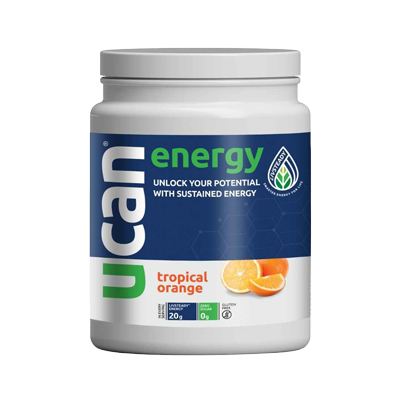
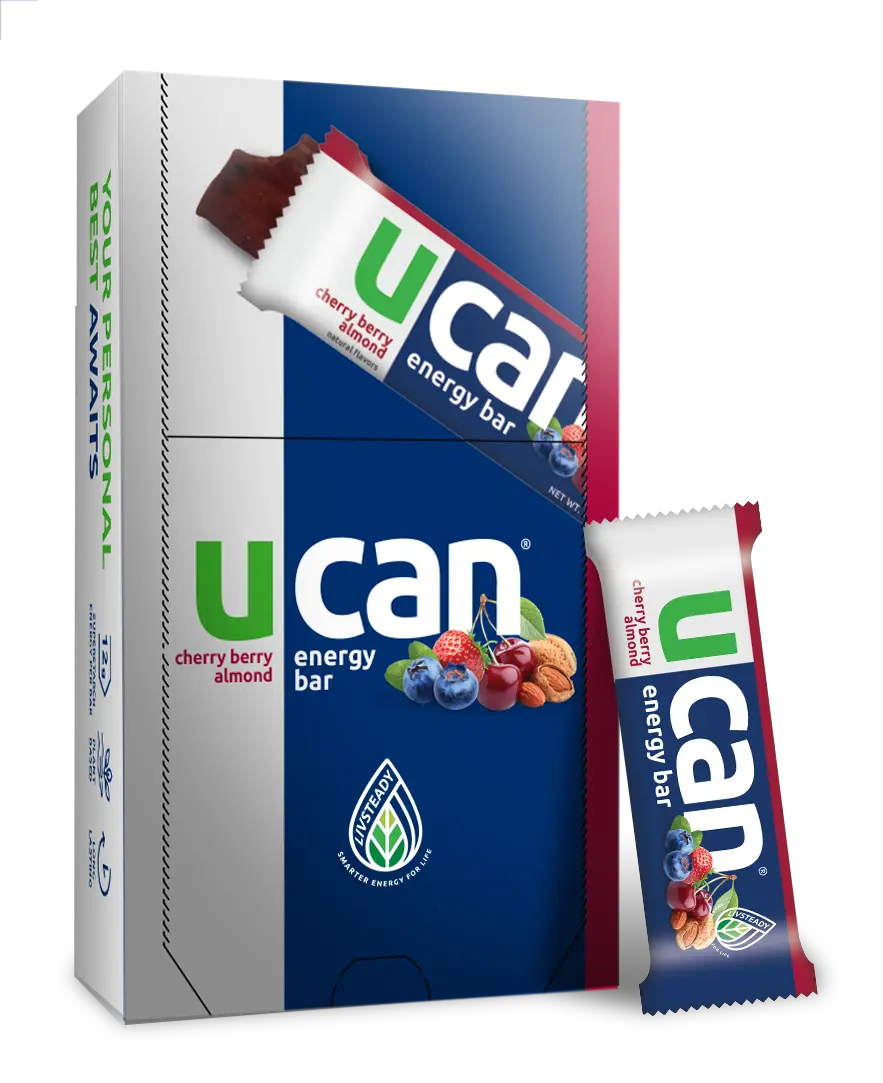
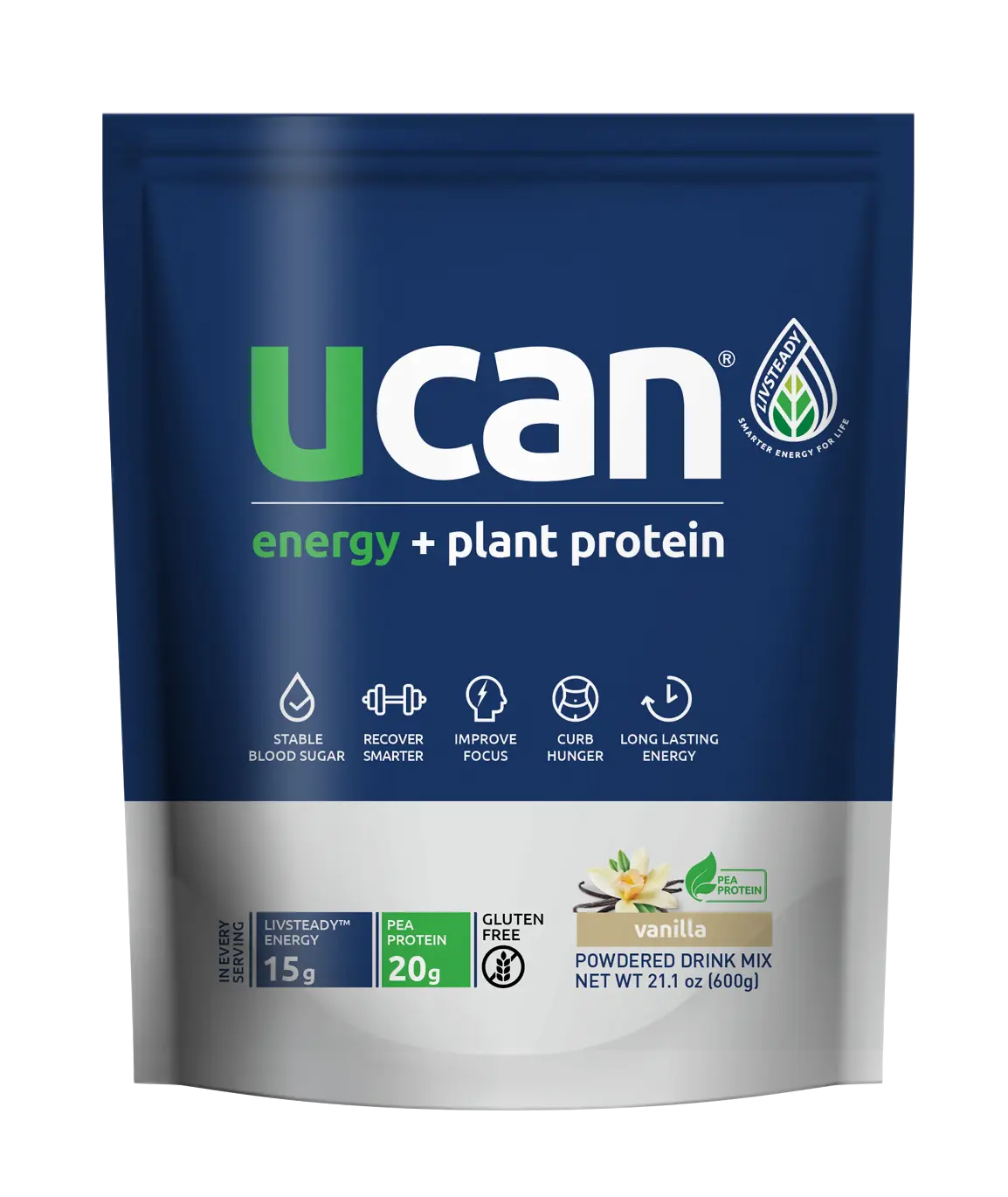
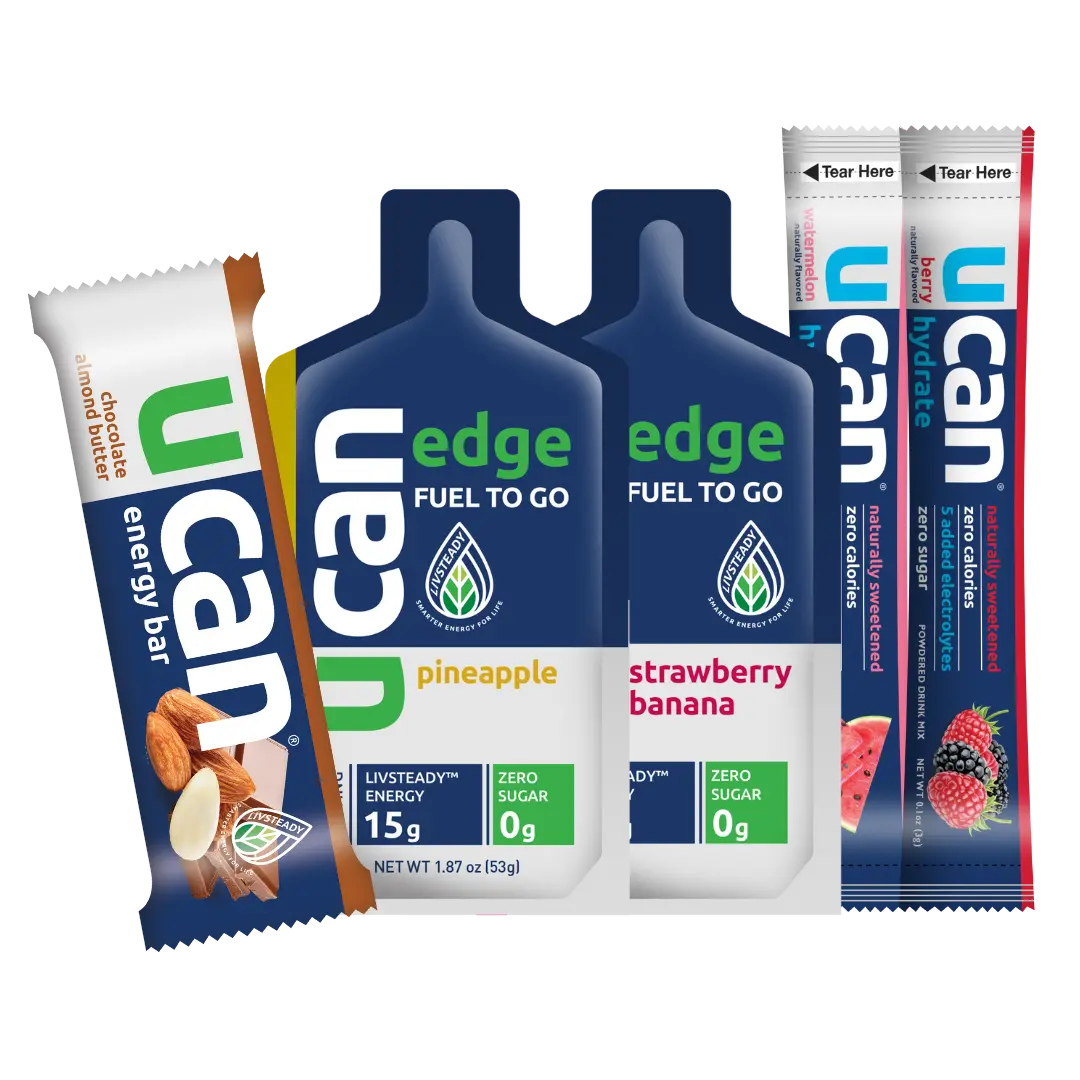
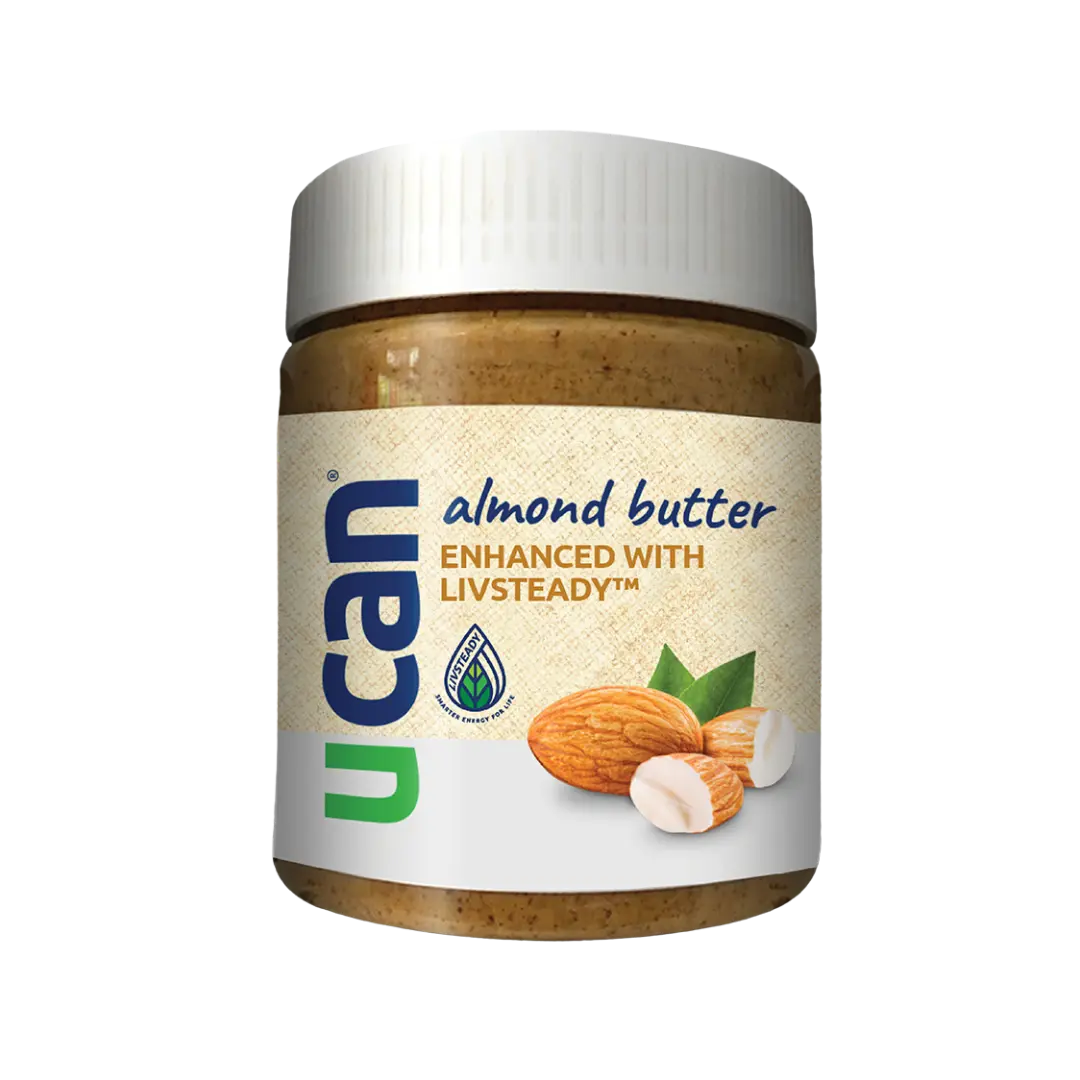
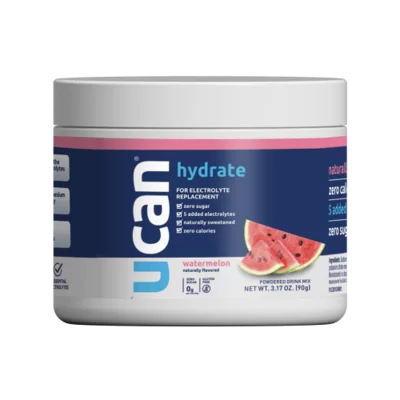
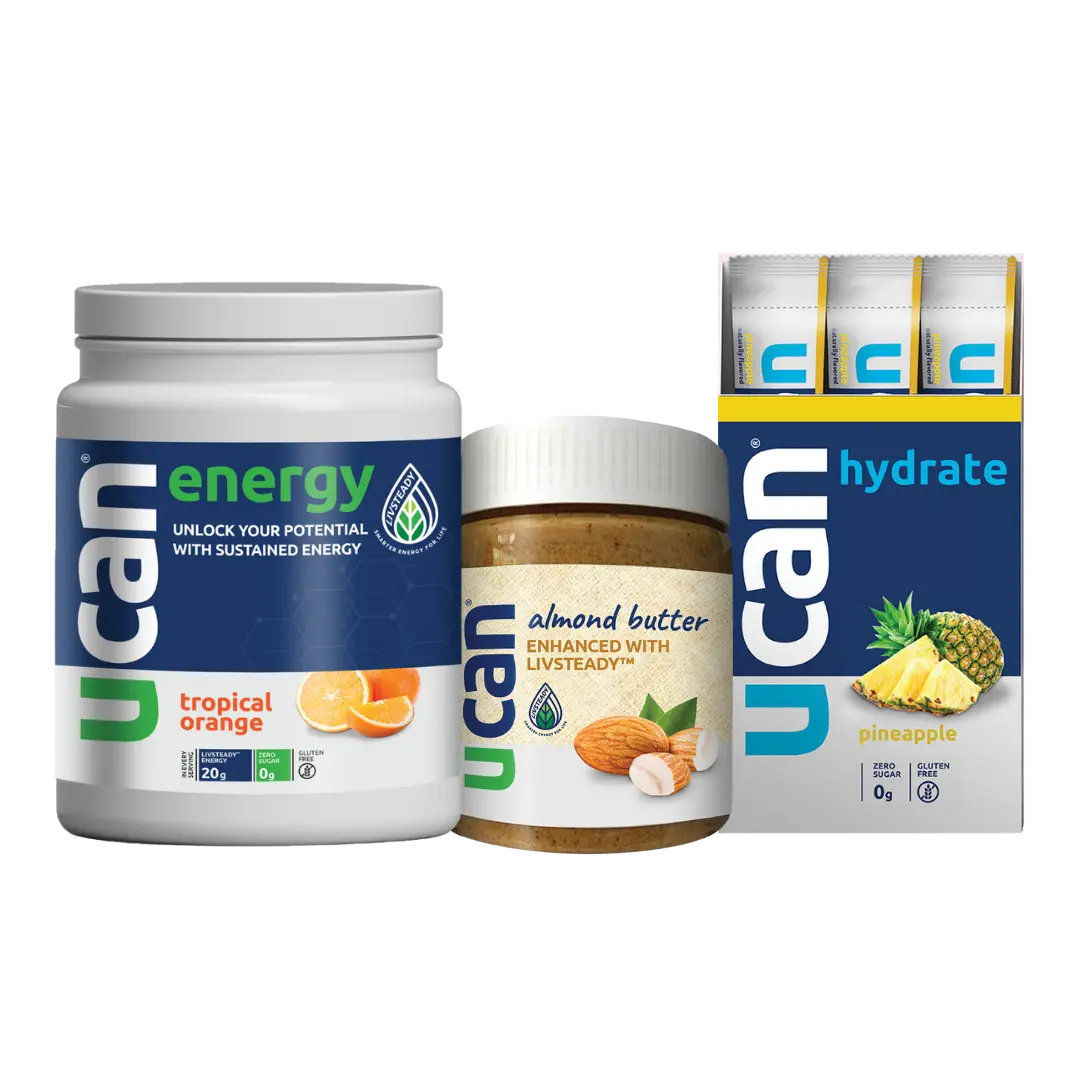
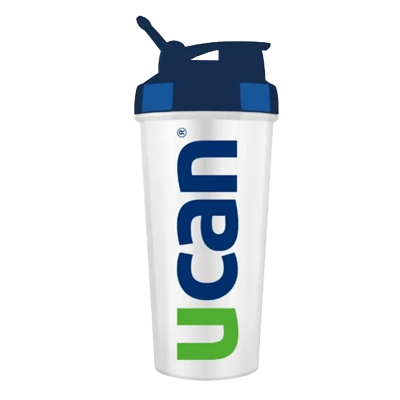
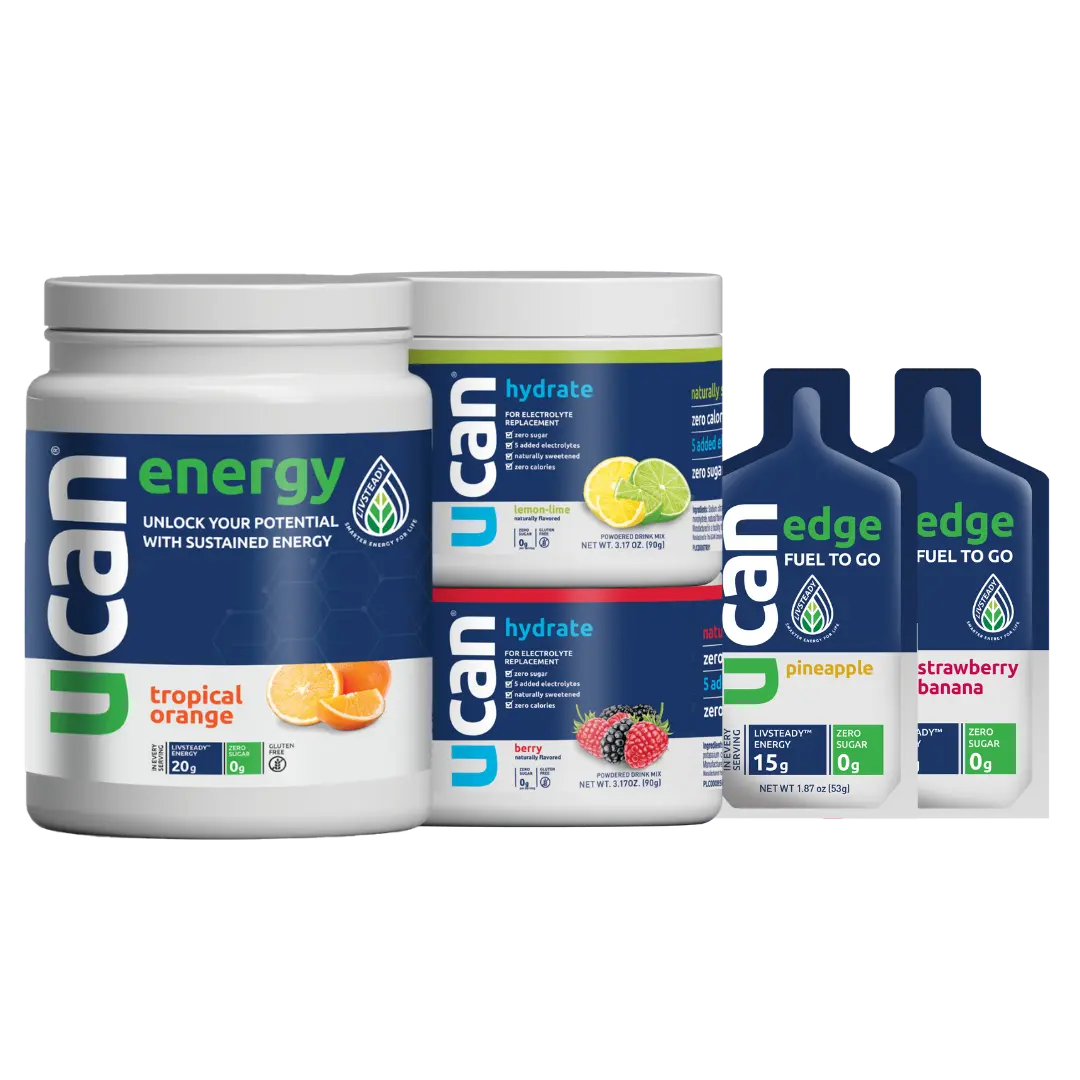
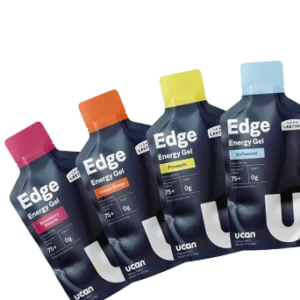



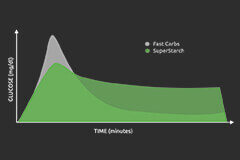

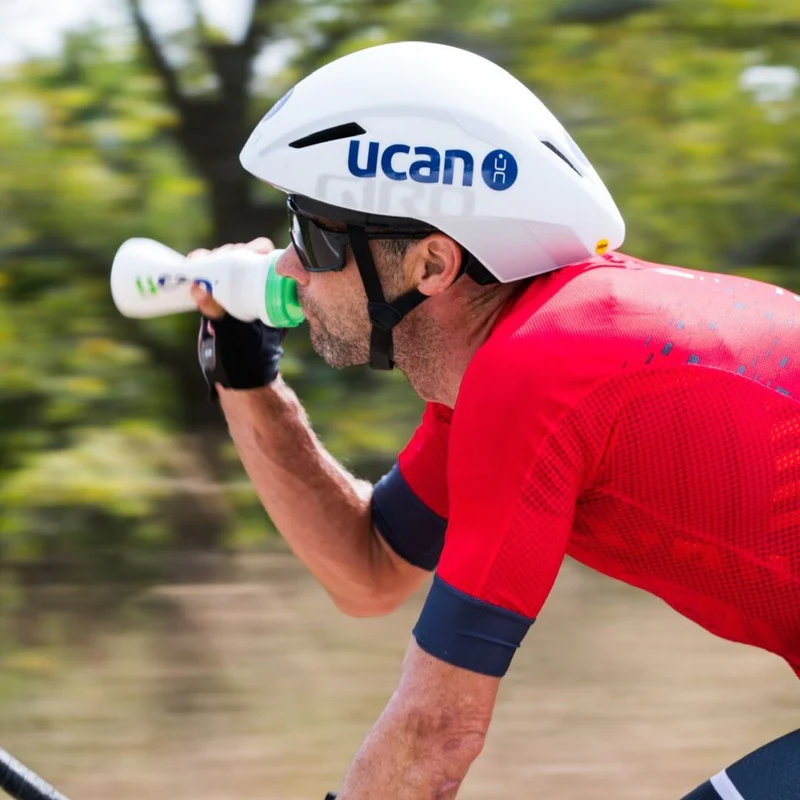
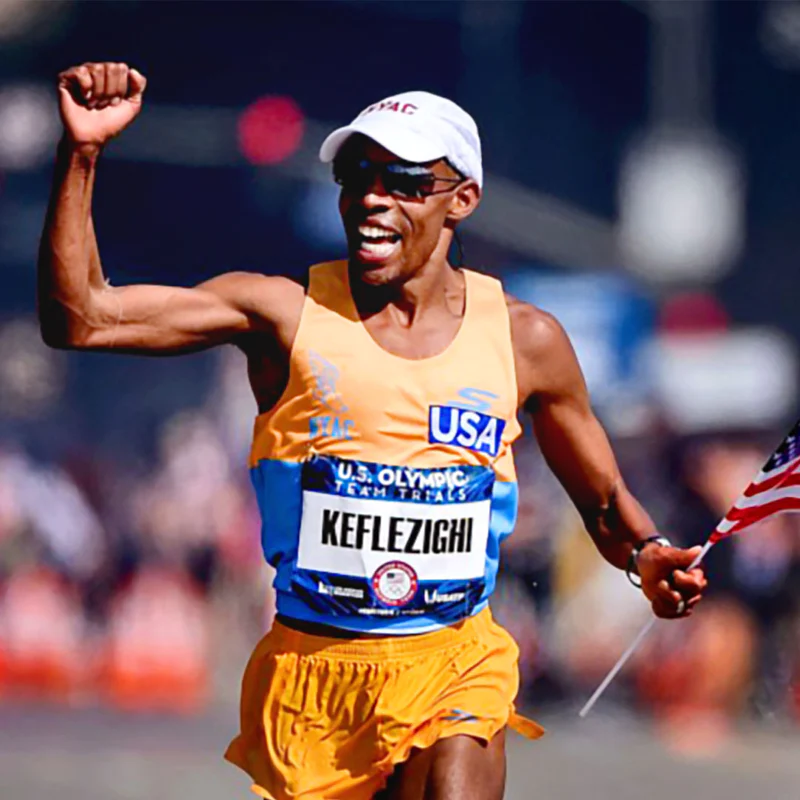
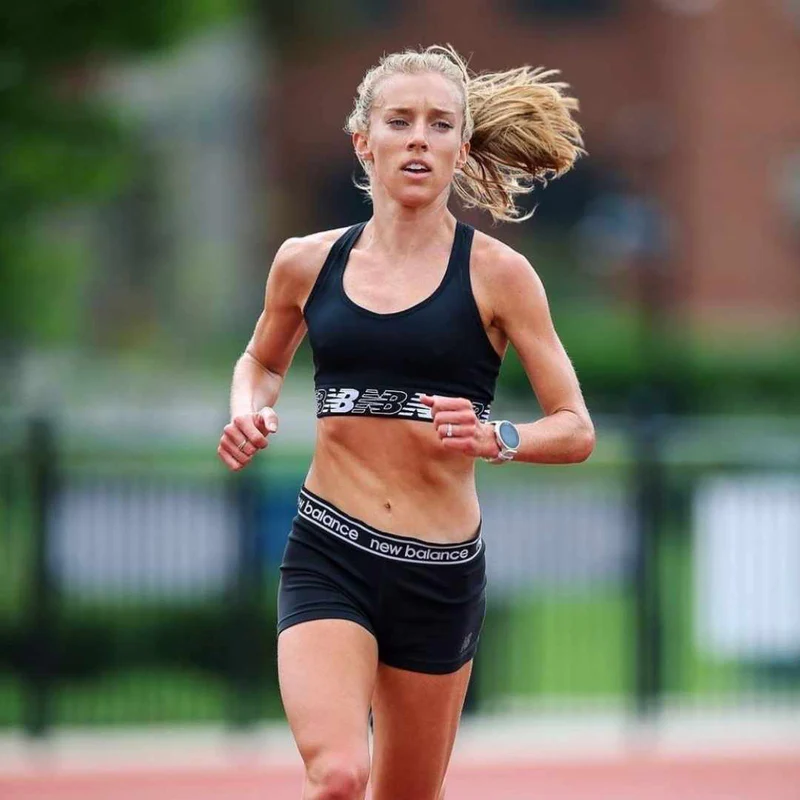
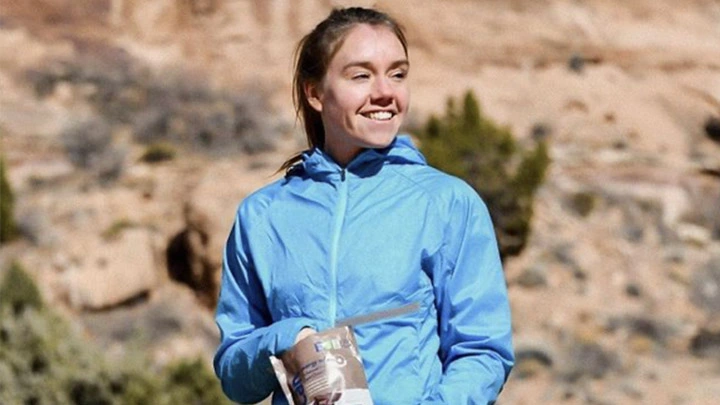

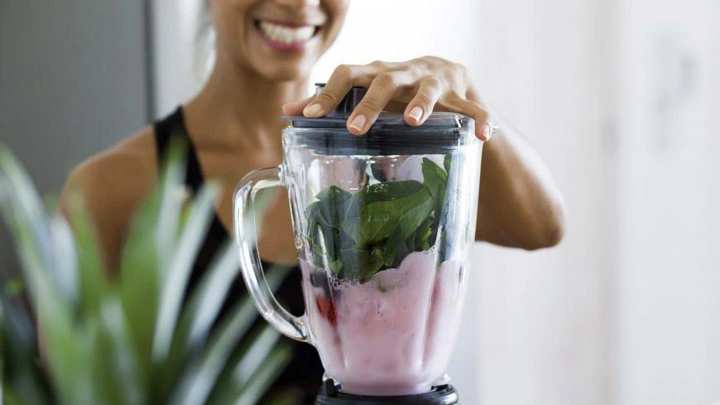

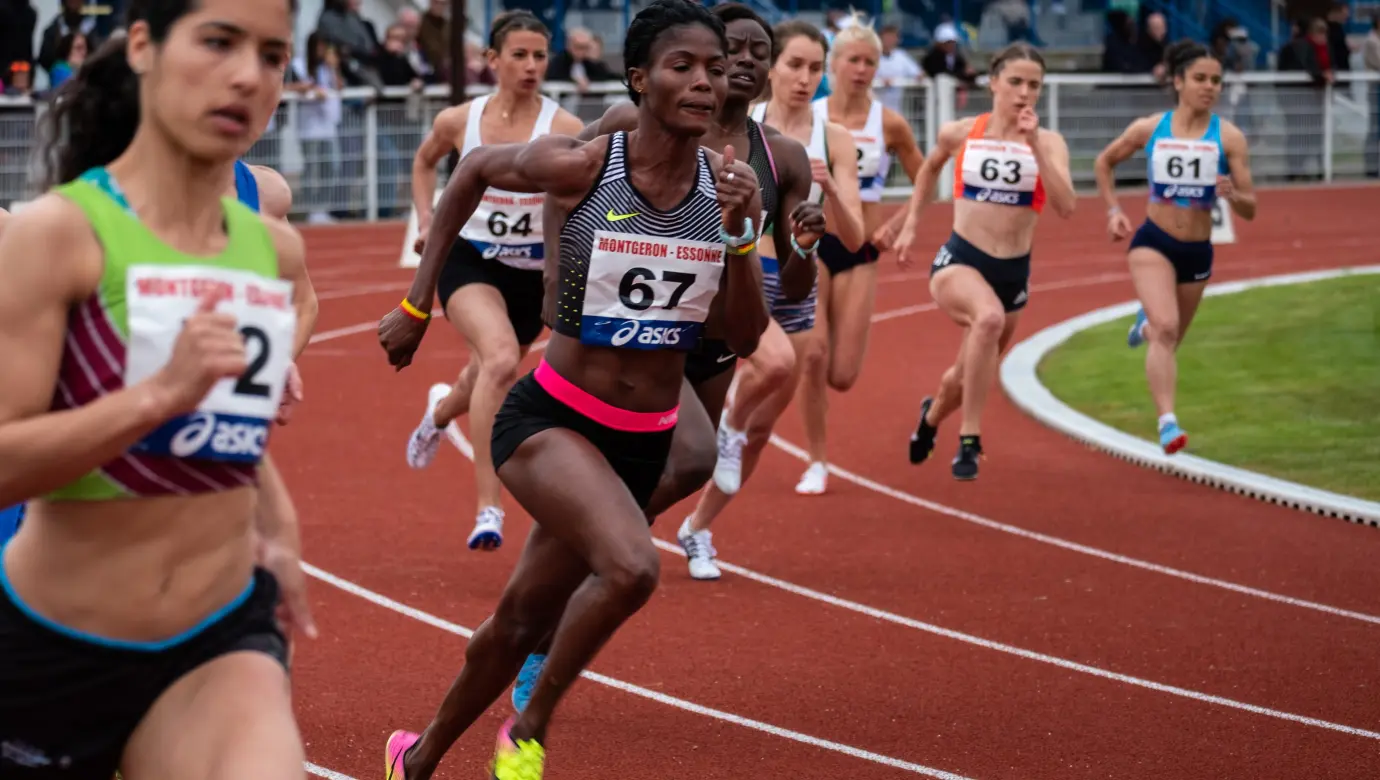

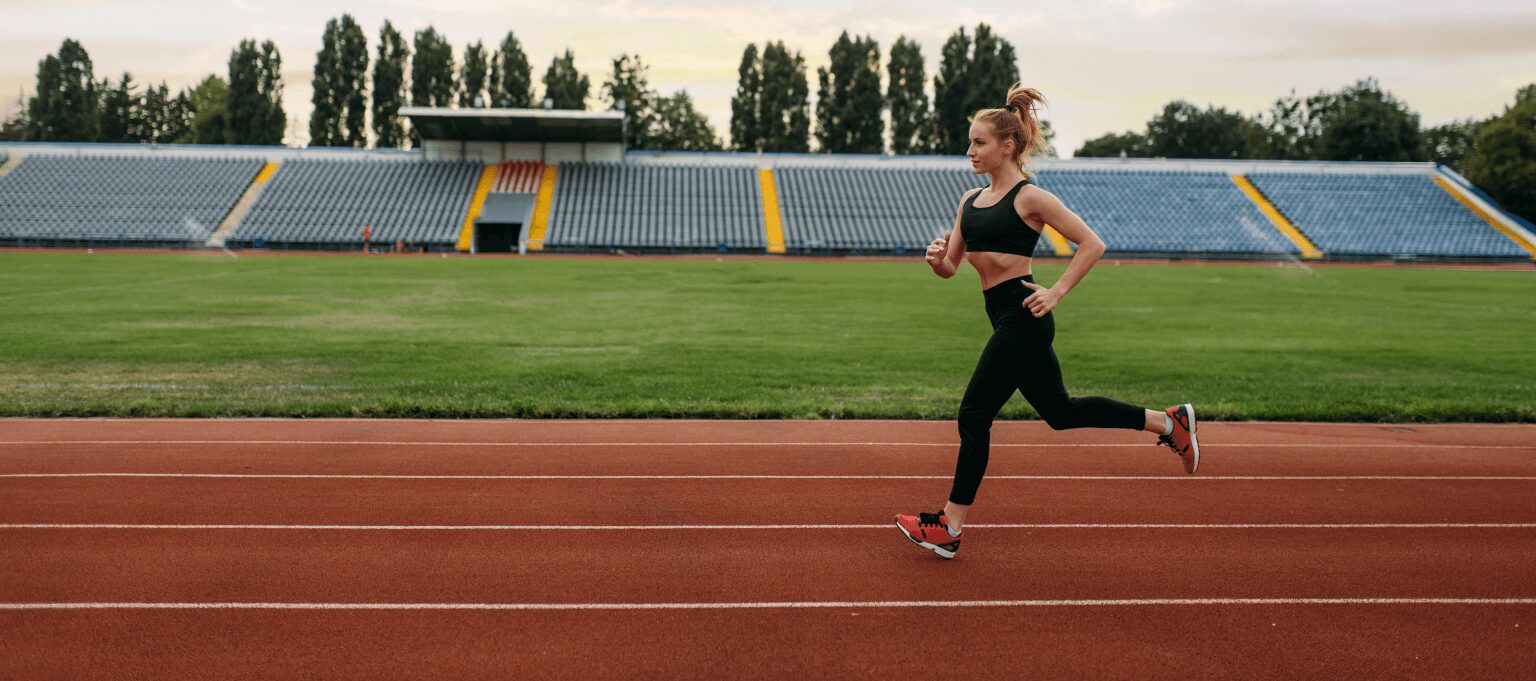
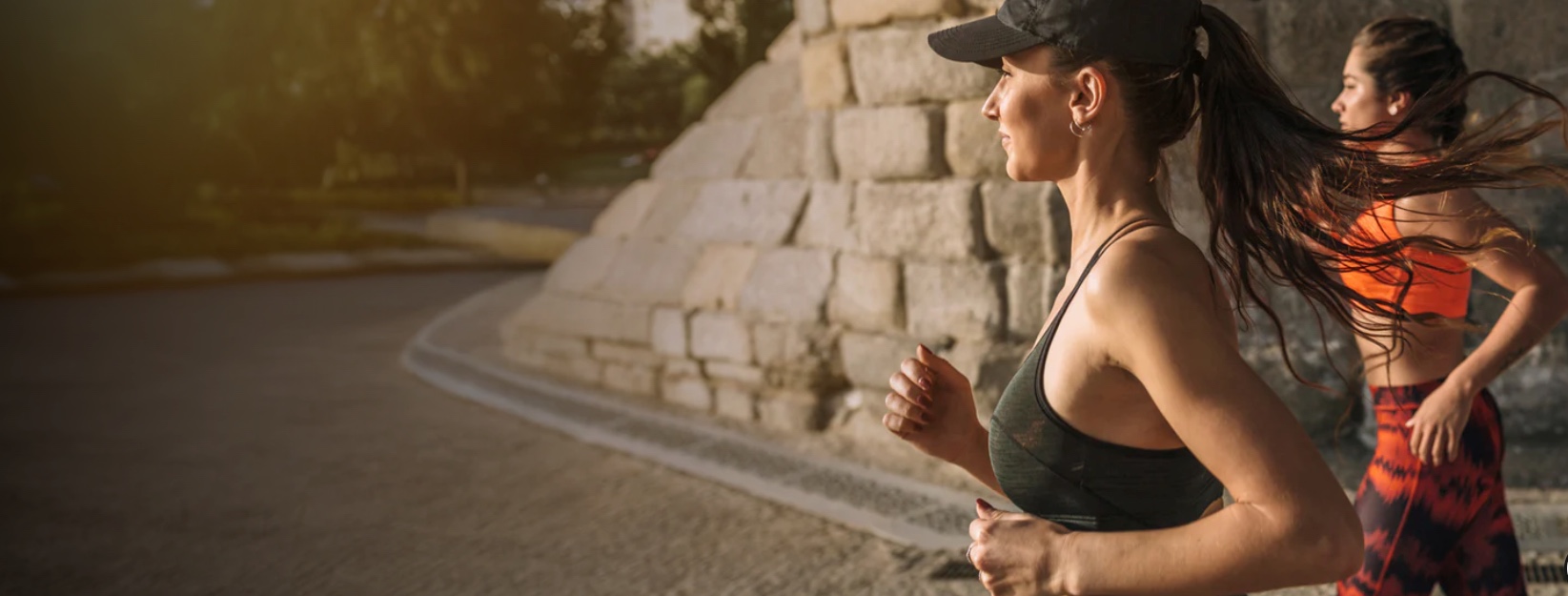
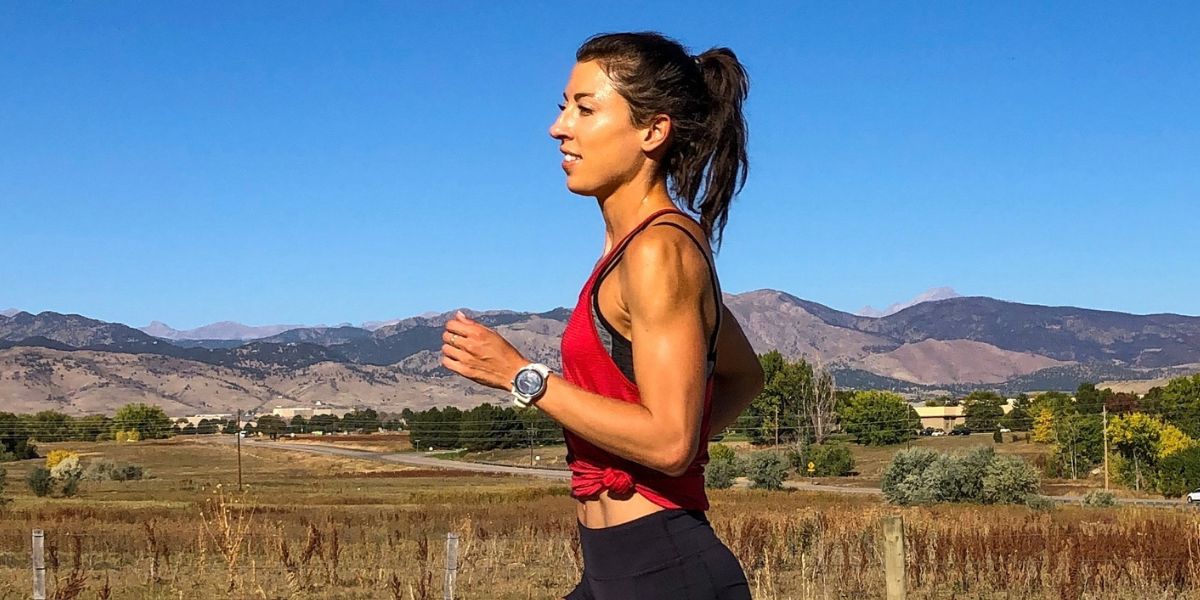







Comments are closed